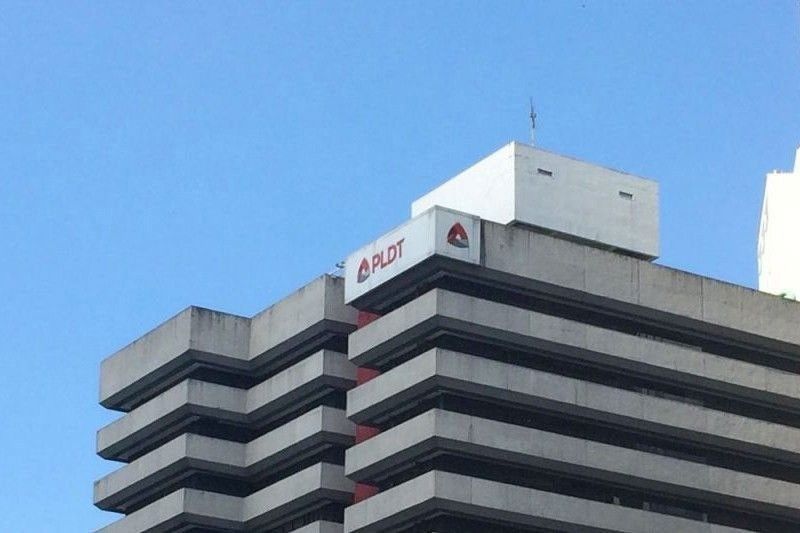PLDT investing in cable for Asia-North America link

MANILA, Philippines — Telco giant PLDT Inc. will invest in additional cable systems that will link Asia and North America to persuade tech giants like Facebook to set up data facilities in the Philippines.
PLDT plans to reach one petabit per second international capacity within the next 10 years to gear up for the potential entry of tech behemoths looking for investment sites.
PLDT senior vice president and head of enterprise business group Jojo Gendrano said the company will invest in new cable systems at least once a year to raise its data capacity.
“We try to think 10 years out. We have this thing called Project Peta within our group. We will be at 130 terabits/second [by 2024] and pretty soon we will be touching one petabit/second of aggregate capacity. Probably in five to 10 years, we should hit petabit levels,” Gendrano told The STAR.
PLDT started last week landing the fiber ports for the $75-million Asia Direct Cable (ADC) that will link countries around East and Southeast Asia. The ADC begins in the Philippines and will connect to China, Hong Kong, Japan, Singapore, Thailand and Vietnam.
Once activated next year, the ADC will expand the international capacity of PLDT to 96 terabits/second, boosting the speed by which data is brought into the country.
In addition, PLDT vice president and global capacity strategy head Gene Sanchez said the telco would complete by 2024 the $80-million Apricot cable system that should add another 35 terabits/second in international capacity.
Sanchez said the Apricot would host trunk stations in Guam, Japan, and Singapore, improving the efficiency of data transfer among Asia Pacific countries.
In the long run, Sanchez said all investments PLDT is making on submarine cable systems are geared toward persuading tech giants to locate data offices here. PLDT sees an opportunity in the brewing tension between China and the US to entice investors to move to the Philippines.
“The interest in the Philippines is because of geopolitics. Hong Kong is a big hub for tech firms, but because of the politics between China and the US, they have scaled down their people and, eventually, their operations,” Sanchez told The STAR.
Facebook, for instance, struggled to adjust to regulatory changes in economies like China that it explored and, in 2018, invested more than $1 billion to build a data center in Singapore.
For PLDT, the Philippines can become a data center hub in Southeast Asia, especially with the pool of talent it has on computer programming.
PLDT on its own manages the most extensive fiber network in the country, stretching 837,900 kilometers as of June, that tech multinationals can use for their data operations.
“They (tech giants) are also considering the Philippines and that’s really the opportunity that we are trying to seize. The big picture really is for us to build the data centers, connect them via our domestic fiber and put up more international cable systems,” Sanchez said.
“We have the talent here, we have plenty of people, of talented programmers. The Philippines is an attractive destination for these tech investors,” he added.
Apart from PLDT, broadband specialist Converge ICT Solutions Inc. is investing in international data links, including P5 billion in the Bifrost cable system, to capture some of the demand from tech giants in Asia.
Even infrastructure giant Megawide Construction Corp. wants to foray in the growing market for data centers in an investment gamble that would pit the firm against telco giants.
Based on estimates, Colliers Philippines said the data center market in the country amounted to P16 billion in 2021 due to the surging demand for e-commerce, cloud and 5G services.
- Latest
- Trending


























